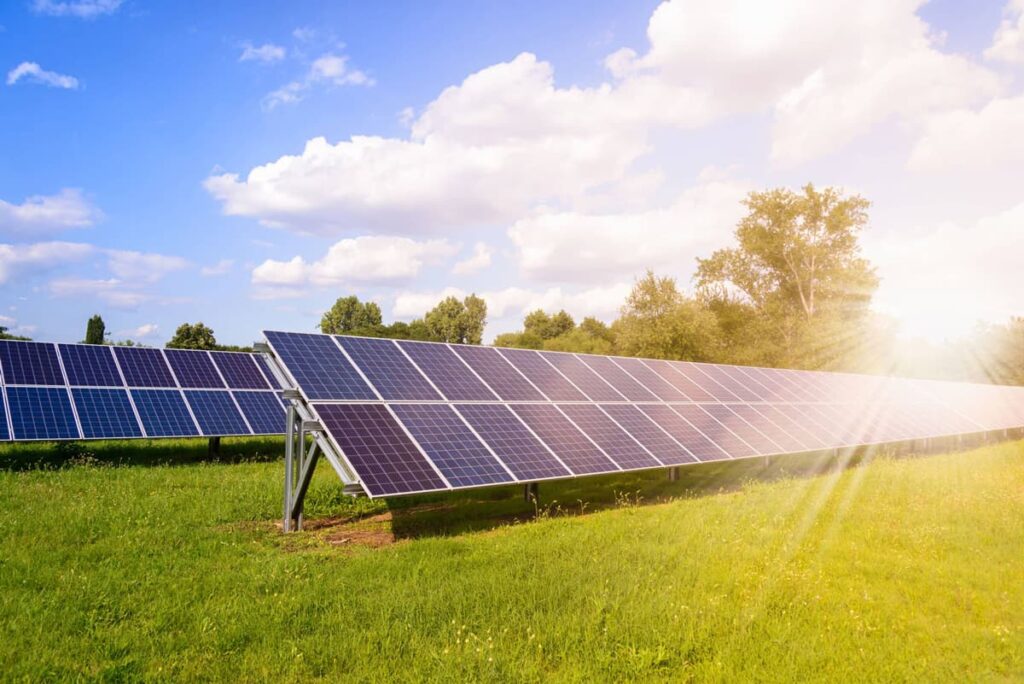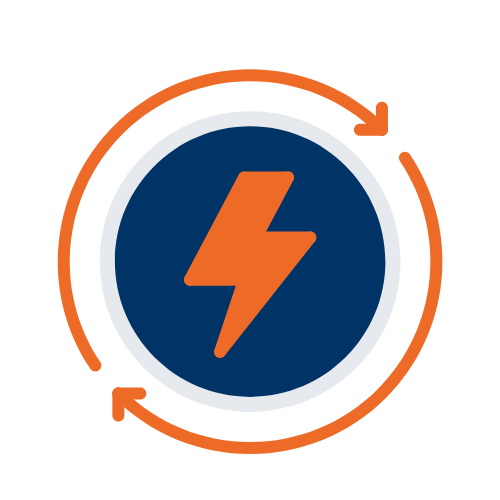Understanding Solar Inverter Systems: The Heart of Every Solar Power Setup
As the world shifts toward renewable energy, solar power systems are becoming increasingly popular for homes and businesses. But at the core of every solar setup lies a critical component — the solar inverter system. It’s the unsung hero that makes solar electricity usable in our everyday lives.
In this comprehensive guide, we’ll explore how solar inverters work, the different types, their importance, and how to choose the right one for your energy needs. Whether you’re a homeowner considering solar panels or a technician looking to expand your knowledge, this article is your go-to resource for understanding solar inverter systems in depth.
1. What Is a Solar Inverter?
A solar inverter is a device that converts direct current (DC) electricity — produced by solar panels — into alternating current (AC) electricity, which is used by most household appliances and the electric grid.
Without an inverter, the power generated by your solar photovoltaic (PV) system would be incompatible with your home or office’s electrical setup.
2. Why Is the Inverter Called the Heart of a Solar System?
The inverter plays multiple crucial roles:
- Converts electricity from DC to AC
- Maximizes energy efficiency
- Manages grid interaction
- Monitors performance and system health
- Ensures safety through shutoff features in case of faults
In essence, it keeps your solar power system functioning intelligently and safely — just like a heart pumps blood and maintains life in the body.
3. How Does a Solar Inverter Work?
The operation of a solar inverter can be broken down into simple steps:
- Solar panels absorb sunlight and produce DC electricity.
- The inverter receives DC power and uses internal electronics to switch it to AC power.
- The AC electricity is then either used immediately, stored in batteries, or fed into the grid depending on your setup.
Modern inverters also include MPPT (Maximum Power Point Tracking) technology, which adjusts voltage and current to ensure panels operate at their most efficient point.
4. Types of Solar Inverter Systems
Choosing the right type of inverter is vital. Here are the most common ones:
a. String Inverters
- One inverter for multiple panels
- Cost-effective and simple
- Performance depends on the lowest-performing panel
b. Microinverters
- One inverter per panel
- Excellent for roofs with shading or multiple angles
- More expensive but provides better system insight
c. Hybrid Inverters
- Combine solar and battery inverter functionality
- Manage solar, grid, and battery power seamlessly
- Ideal for future-proofing
d. Central Inverters
- Used in large-scale installations
- High capacity and centralized management
5. Key Features to Look for in a Solar Inverter
Before investing in an inverter, consider the following:
- Power rating (kW/kVA)
- Efficiency (look for 95%+)
- MPPT channels
- Connectivity (WiFi or Bluetooth for remote monitoring)
- Warranty period (5 to 10 years standard)
- Compatibility with batteries or smart grid systems
6. Benefits of Solar Inverter Systems
✔️ Energy Optimization
Solar inverters with MPPT ensure maximum energy conversion from your panels.
✔️ Real-Time Monitoring
Smart inverters allow you to monitor performance from your phone or computer.
✔️ Lower Electricity Bills
Efficient inverters reduce waste and maximize usable electricity, translating to savings.
✔️ Grid Synchronization
Inverters manage interaction with the public grid, enabling feed-in tariffs or net metering.
✔️ Safety Features
Built-in safety mechanisms protect both users and the system.
7. Common Issues with Solar Inverters and Troubleshooting Tips
Like any electronic device, inverters can face issues. Some common problems include:
- Overheating: Ensure proper ventilation.
- Fault codes: Check user manual or call technician.
- No power output: May indicate wiring or fuse problems.
- WiFi not connecting: Reset inverter and router.
Routine maintenance and using quality brands can help prevent most issues.
8. Grid-Tied vs Off-Grid vs Hybrid Systems
Your inverter choice depends on your system setup:
⚡ Grid-Tied
- Sends excess power to the grid
- Requires a grid connection
- Cost-effective for urban settings
🔋 Off-Grid
- No connection to the grid
- Requires battery storage
- Ideal for remote areas
🔁 Hybrid
- Combines both grid and battery backup
- Offers maximum flexibility
- Perfect for areas with frequent power cuts
9. Top Brands of Solar Inverters in 2025
Here are some of the most trusted inverter brands:
- SMA Solar Technologies (Germany)
- Fronius (Austria)
- Huawei (China)
- Solis (China)
- Victron Energy (Netherlands)
- Growatt (China)
- Sunfit (80% Nigeria)
When selecting, ensure local support, warranty, and parts availability.
10. Installing a Solar Inverter System: What to Expect
✅ Site Inspection
A professional assesses your energy needs and roof layout.
✅ Inverter Selection
You choose based on capacity, budget, and system design.
✅ Installation
Takes 1–2 days depending on complexity. Proper placement is vital for ventilation.
✅ Testing & Activation
Your installer will test the inverter and connect it to the monitoring app.
Conclusion: Solar Inverters Power the Future of Clean Energy
A solar inverter system is much more than a power converter — it’s the brain and heart of your solar energy setup. By intelligently managing energy flow, maximizing efficiency, and offering smart grid interactions, inverters are central to reducing energy costs and promoting sustainability.
Whether you’re planning to go off-grid, integrate battery backup, or simply lower your power bill, understanding and choosing the right solar inverter can make all the difference.
Make sure to work with a certified installer and pick a high-quality inverter that meets your specific needs. With the right system in place, you’re not just generating power — you’re empowering your future.







